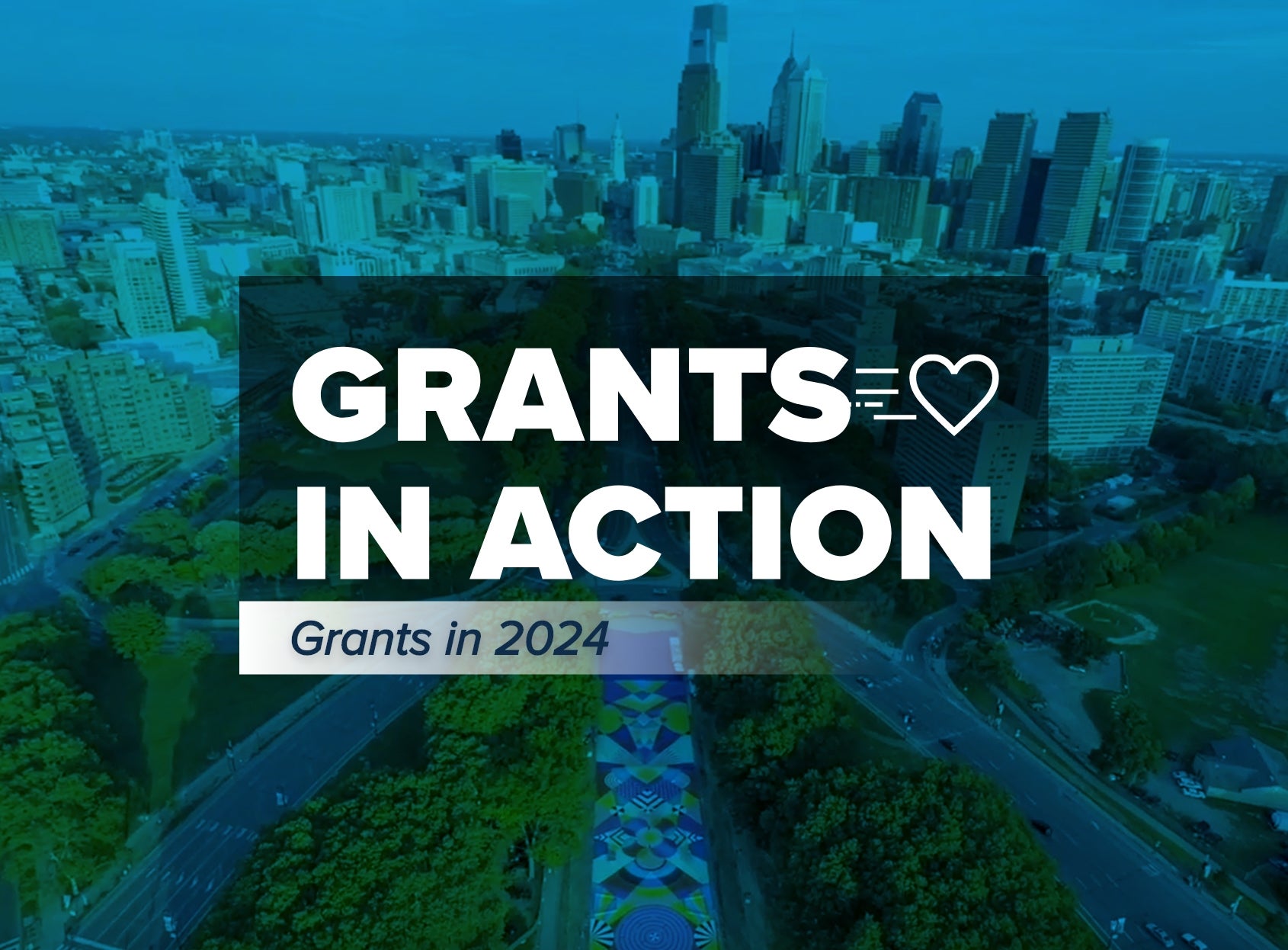The Challenges of Disaster Giving

This spring marks the one-year anniversaries of the earthquake and tsunami that devastated many parts of Japan and the deadliest tornadoes in the U.S. in nearly 60 years. A number of challenges still face the local communities in Japan and the Midwestern U.S., and their respective local and national governments, as they continue to rebuild.
In the first part of a two-part interview, our Assistant Vice President of Grantmaking Services, Andrea Rush, explains some of the challenges that face grantmaking organizations in the immediate aftermath of a disaster and how long-term commitments to the affected communities are just as critical.
Q: What is the disaster that spurred the most action from NPT’s donors?
A: By far, the reaction in the aftermath of 9-11 was the most powerful one I have seen to date. It was immediate and powerful. Literally, on September 12th, we changed our grant processing to get 9-11 related grant funds out the door on a daily basis to the Red Cross, Salvation Army, and three other reputable assistance funds. One local donor even came to our offices with grant recommendation forms in his hand because he wanted to do something. It was also a sustained effort; those grants kept coming for months after. For most people, the only way they could REALLY help was to give money, so they did – it was a very visceral reaction.
Q:What types of organizations do donors typically give to in the wake of a disaster?
A: Donors typically chose to give to relief service organizations right after a disaster strikes. For example, the Red Cross, Doctors Without Borders, Save the Children and other recognizable and well-respected organizations fulfill immediate needs, like clean water, medical supplies, food, shelter, etc. As you can imagine, after a tragedy, a variety of organizations collect money for assistance funds, and the majority are reputable and worthwhile organizations, but this is a time to be very cautious. The aftermath of a tragedy is not the time to support a charity you have never heard of.
Q: Are these the most high-impact charities you can give to?
A: In the immediate aftermath, yes, the relief and recovery charities are most important. However months down the road, the need switches drastically to the organizations which provide education, on-going healthcare, food security, employment opportunities, and long-term housing. These are usually the forgotten needs which are necessary to recovery. This is something that Haiti is currently struggling with.
Q: How common is it to see a sustained commitment to giving after a disaster is out of the news?
A: Sustaining commitment in the long-term to impacted communities after a tragedy or crisis is a real struggle. At a conference I attended at NYU last year, a representative from the International Rescue Committee said they struggle with receiving an influx of funding for a particular area post-tragedy or conflict, and then grapple with sustain long-term aid to these same areas after the donors have moved on to other areas of focus. In many cases, after a crisis, out of sight is definitely out of mind, and relief organizations struggle to keep their work in the public eye.
After September 11th, 2001, NPT was privileged to work with a program that was created specifically to address the long-term needs of children affected by the attacks. The Hasbro Children’s Foundation of Hasbro Toys started the September 11th Children’s Fund at NPT with an initial gift of $250,000. Hasbro covered all of the Fund’s overhead expenses so that every dollar we collected would support the children who were affected by the tragedy. The focus of the fund was to provide for the long-term health, wellness and mental health issues facing children directly affected by 9-11, either through the loss of a loved–one, or the children who were present in lower Manhattan on September 11th. NPT received over $4 million in additional donations from hundreds of people around the world. Over the course of five years, we strategically made grants to address the lingering effects of grief, anxiety, post-traumatic stress, etc. More of this type of pointed grantmaking towards recovery is needed, and hopefully will be seen in years to come as rebuilding continues in place like New Orleans, Haiti and Japan.
In our next post, Andrea will explain what challenges charities, like NPT, face in the wake of a disaster and an outpouring of support.
photo credit Daniel Cima | American Red Cross


